Are you looking to make your senior loved ones’ living space safer and more comfortable? Picture this: a home where every corner is thoughtfully designed to support their needs as they age – a space that offers both functionality and peace of mind.
Let’s face it – ensuring the well-being of aging family members is a top priority, but figuring out the best home modifications for seniors can be overwhelming. From navigating entryways to optimizing living areas, each aspect demands careful consideration for aging in place in Ontario.
Introduction: What is Aging in Place and Why Does it Matter?
Aging in place refers to the ability of seniors to live independently and comfortably in their own homes as they age. It involves making necessary home modifications to accommodate their changing needs and ensuring a safe and supportive environment for long-term living.
As people grow older, it becomes increasingly important for them to have suitable home modifications that promote their independence and overall well-being. Here’s why aging in place matters:
- Independence: Aging in place allows seniors to maintain their sense of independence and control over their daily lives. By making necessary adjustments to their living spaces, they can continue to perform their daily activities without relying heavily on assistance.
- Familiarity and Comfort: Home is a place filled with cherished memories and a sense of belonging. Aging in place allows seniors to remain in their familiar surroundings, which contributes to their emotional well-being and overall happiness.
- Cost-Effectiveness: Home modifications can be a more cost-effective option compared to moving to an assisted living facility or retirement home. By making targeted changes to their existing homes, seniors can avoid the financial burden of new living arrangements.
- Health Benefits: Living in a modified home promotes better physical and mental health for seniors. It can reduce the risk of accidents and injuries, enhance accessibility, and facilitate a more comfortable and stress-free daily routine.
Home Floor Plan
When it comes to creating a safe and comfortable living space for aging loved ones, the home floor plan plays a crucial role. By optimizing the layout and design of the living space, you can maximize usable space to enhance accessibility and mobility. Here are some tips to help you make the most of the home floor plan:
Prioritize Single-Level Living
One of the key considerations for aging in place is to prioritize single-level living. This means minimizing or eliminating the need to navigate stairs, which can pose challenges for seniors with mobility issues. If possible, ensure that the primary living areas, such as the bedroom, bathroom, kitchen, and living room, are all located on the same level. This will not only make it easier for your loved one to move around but also reduce the risk of accidents and falls.
Create an Open Floor Plan
An open floor plan is beneficial for seniors as it removes unnecessary barriers and creates a seamless flow between different living spaces. By removing walls or widening doorways, you can make the home more accessible for individuals with mobility aids like walkers or wheelchairs. This design allows for easier navigation and promotes social interaction, as it enables your loved one to participate in activities while still feeling connected to the rest of the household.
Maximize Usable Space
To optimize the usable space in your loved one’s home, consider the following:
- Remove unnecessary furniture or clutter to create clear pathways for easy movement.
- Rearrange the layout to ensure that essential items and frequently used areas are within reach.
- Utilize storage solutions like shelves, cabinets, or baskets to keep belongings organized and easily accessible.
- Consider multi-purpose furniture or space-saving solutions to maximize functionality without sacrificing space.
Interior and Exterior Entryways
Ensuring the safety and accessibility of interior and exterior entryways is crucial when it comes to creating a home suitable for aging in place. By improving navigation within these areas, you can greatly enhance the overall functionality and convenience for your aging loved ones.
Enhancing Safety and Accessibility
- Install handrails: Install sturdy handrails on both sides of the stairway and along any steps or slopes leading to the entryway. This provides extra support and stability while navigating these areas.
- Improve lighting: Adequate lighting is essential for safe movement. Install bright and well-positioned lighting fixtures to illuminate entrance pathways, doorways, and steps.
- Ramp accessibility: If your loved one uses a mobility aid such as a wheelchair or walker, consider installing a ramp to eliminate the need for stairs and facilitate easy access to the entryway.
- Non-slip surfaces: Ensure that the flooring in entryways, both inside and outside, is slip-resistant. Opt for materials with good traction to prevent accidental falls.
Improving Navigation
- Clear pathways: Keep entryways free from clutter or any obstacles that may impede navigation. Clear away loose rugs or mats to minimize tripping hazards.
- Wide doorways: Consider widening doorways to accommodate walkers, wheelchairs, or other mobility aids, allowing for easy passage.
- Lever handles: Replace traditional doorknobs with lever handles. Lever handles are easier to operate, especially for individuals with limited hand strength or dexterity.
Kitchen Modifications
The kitchen is often the heart of the home, and making it accessible and functional is crucial for seniors. Here are some key modifications to consider:
- Lower countertops and cabinets: Adjust the height of countertops and cabinets to make them easily reachable. Consider installing pull-out shelves and lazy Susans for easy access to items.
- Lever-style faucets: Replace traditional faucets with lever-style ones, which are easier to operate, especially for those with arthritis or limited hand strength.
- Non-slip flooring: Install non-slip flooring to prevent accidents. Avoid using rugs or mats that can slide and cause falls.
- Task lighting: Ensure the kitchen is well-lit, particularly in work areas like the stove and sink. Under-cabinet lighting can be particularly helpful.
Bathroom Modifications
The bathroom is another critical area that requires careful attention. Here are some modifications to enhance safety and accessibility:
- Grab bars: Install grab bars near the toilet, shower, and bathtub to provide support and prevent falls.
- Walk-in shower or bathtub: Consider replacing traditional bathtubs with walk-in showers or tubs that have a lower threshold.
- Raised toilet seat: A raised toilet seat can make it easier for seniors to sit down and stand up.
- Non-slip mats: Use non-slip mats in the shower and on the bathroom floor to prevent slips and falls.
Bedroom Modifications
The bedroom should be a sanctuary of rest and comfort. Consider these modifications to enhance safety and convenience:
- Adjustable bed: An adjustable bed can help seniors find a comfortable sleeping position and make it easier to get in and out of bed.
- Bedside lighting: Ensure there is adequate lighting near the bed, including nightlights and easy-to-reach lamps.
- Closet organization: Install shelves and racks at accessible heights to make it easier for seniors to reach their clothes and personal items.
Living Room Modifications
The living room is a space for relaxation and socialization. Here are some modifications to make it more senior-friendly:
- Stable furniture: Ensure that all furniture is stable and not prone to tipping. Avoid using furniture with sharp edges.
- Clear pathways: Arrange furniture to create clear pathways for easy navigation. Remove any tripping hazards like loose rugs or electrical cords.
- Remote control access: Make sure remote controls for the TV and other devices are easy to use and within reach.
Valuable Resources and Financial Aid Programs
There are various resources and financial aid programs available in Ontario to help with home modifications for seniors. Some of these include:
- Ontario Renovates: This program provides financial assistance to low-income seniors and people with disabilities for home repairs and modifications.
- Senior Property Tax Relief: This program offers property tax relief to eligible seniors, helping to reduce their financial burden.
- Home and Vehicle Modification Program (HVMP): This program provides funding for home and vehicle modifications to increase accessibility for people with disabilities.
Conclusion
Enhancing senior living with home modifications is about creating a safe, comfortable, and supportive environment for aging loved ones. By making thoughtful changes to various areas of the home, you can help your loved ones maintain their independence and enjoy a higher quality of life.
Remember, every senior’s needs are unique, so tailor these modifications to suit their specific requirements. With the right approach and resources, you can create a home that truly supports aging in place. By taking these steps, you can ensure that your aging loved ones live in a space that offers both safety and comfort, allowing them to thrive in their golden years.



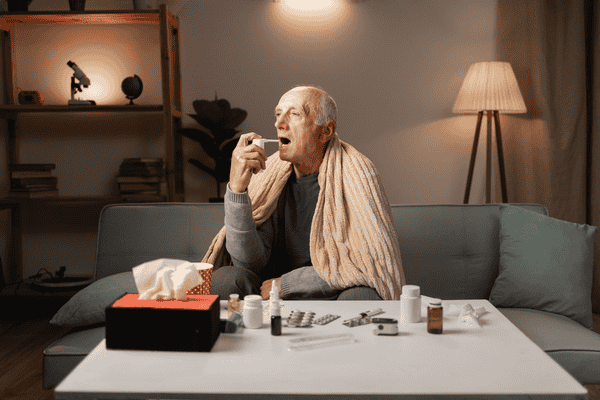

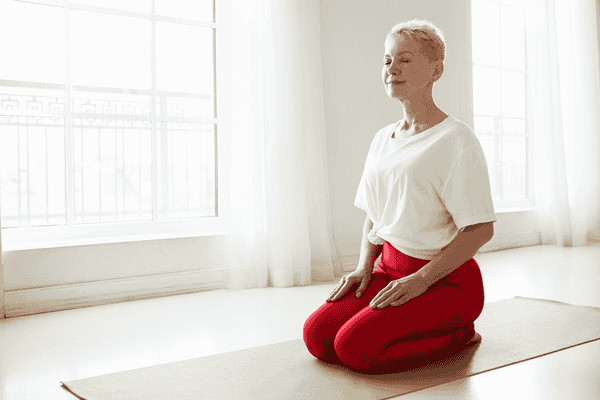
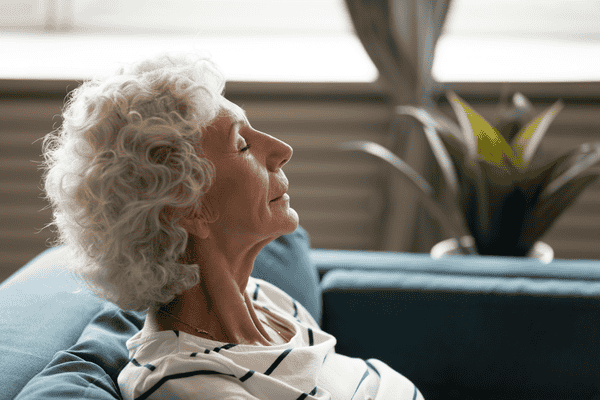
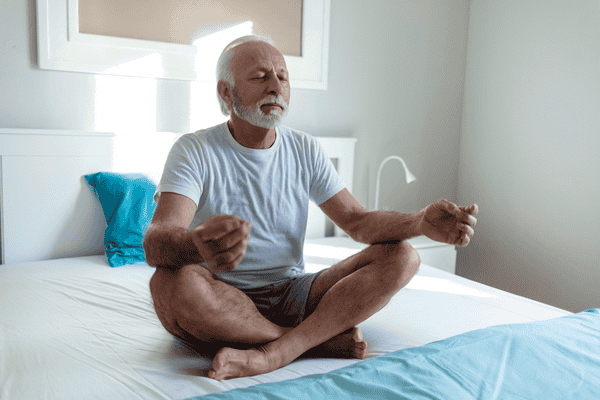

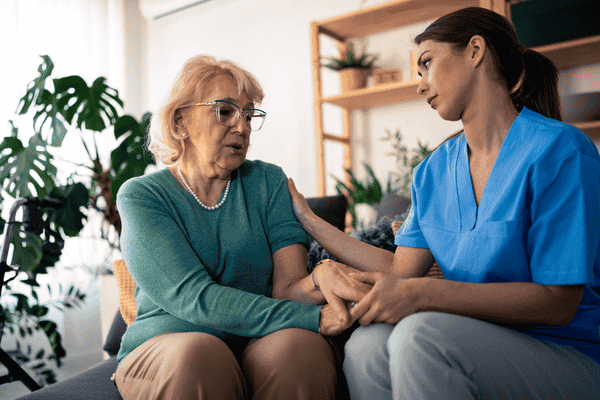
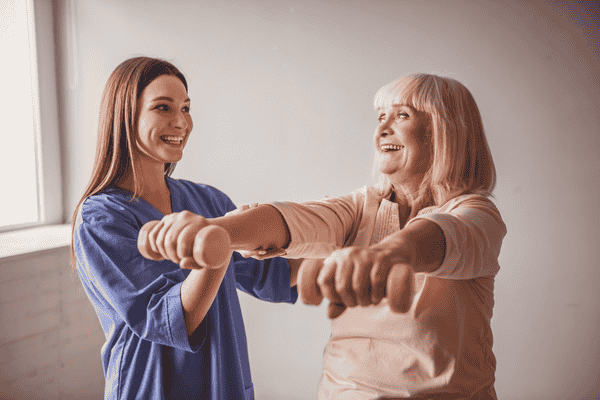

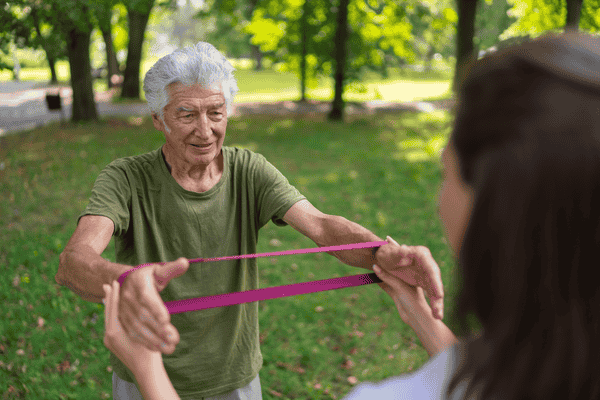
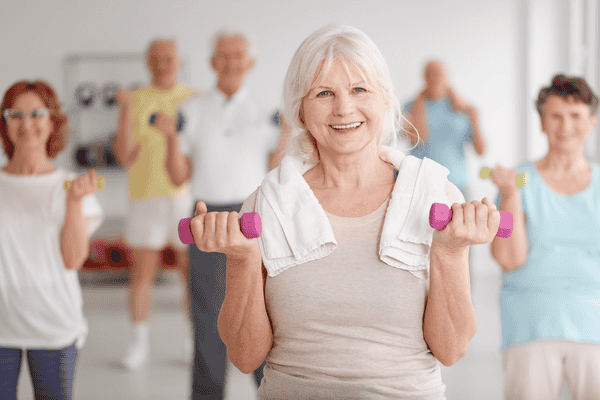
This article is incredible and I wanted to express this in support of your well written article on the subject of aging in place.
I am a licensed mortgage agent L2, and I specialize in financing for seniors who own their own homes, but require many of the modifications you mention in order to age in place safely. Unfortunately, the costs of making these necessary modifications can be quite challenging for many and this is where I step in. I offer free consultations and educate seniors about their financial options, based on their individual circumstances. No matter what their decision is, they are well informed.
I would love the opportunity to speak with someone senior from your organization to discuss ways to possibly co-present and educate Ontario senior homeowners together.
This is a very important subject, one that I am extremely passionate about. I believe networking with like minded professionals on this subject would provide a broader reach providing further opportunity to teach and educate.
I hope and look forward to hearing from you. Once again, this is an excellent article and a big step in the right direction.
Regards,
Ramona Harris, Mortgage Agent L2
TMG The Mortgage Group
647.550.9839